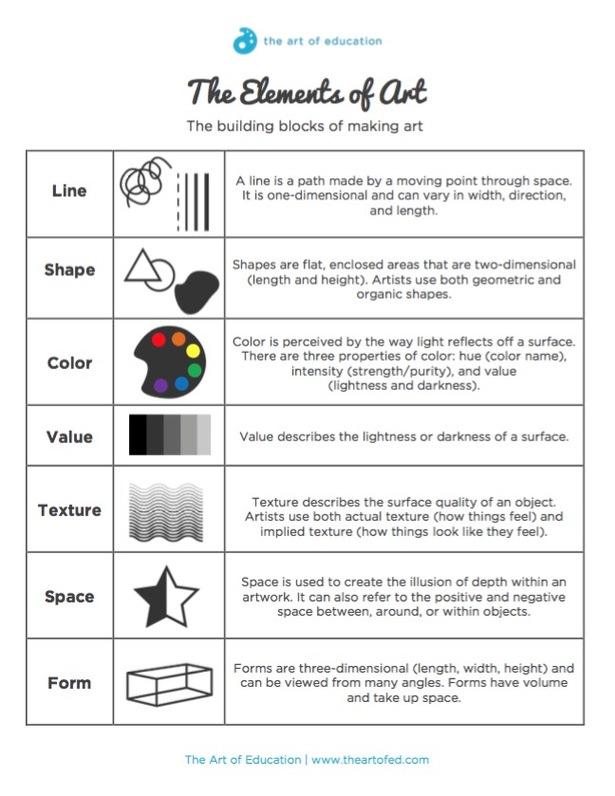

It’s diagnosed in people who experience symptoms after eating gluten but test negative for wheat allergy and celiac disease. There’s no test that can diagnose you with NCGS. Researchers are still trying to discover the exact biological cause of this condition, known as NCGS. There is increasing evidence for a gluten-related condition that causes symptoms in people who don’t have celiac disease and are not allergic to wheat. Symptoms of non-celiac gluten sensitivity They overlap with many other chronic conditions. Recognizing celiac disease in adults can be difficult because its symptoms are often broad. However, adults are more likely to experience symptoms such as: These can include:Īdults may also have digestive symptoms if they have celiac disease. The failure to absorb nutrients during critical years of growth and development can lead to other health problems. Children will most commonly have digestive symptoms. Celiac disease can have serious health consequences, including permanent intestinal damage.Īdults and children often experience different symptoms due to celiac disease. Without healthy villi, you won’t be able to get the nutrition that you need. These are the fingerlike parts of your small intestine that are responsible for absorbing nutrients. If you have celiac disease, eating gluten will cause your immune system to destroy your villi. Gluten is present in wheat, barley, and rye. Someone who is allergic to wheat may or may not be allergic to other grains such as barley or rye.Ĭeliac disease is an autoimmune disorder in which your immune system responds abnormally to gluten. You can use this to prevent anaphylaxis if you accidentally eat wheat. Your doctor will likely prescribe an epinephrine auto-injector (such as an EpiPen) if you’re diagnosed with a wheat allergy.

Severe difficulty breathing, known as anaphylaxis, can sometimes occur. The symptoms of a wheat allergy can range from mild to life-threatening. However, they can begin up to two hours after. Symptoms related to a wheat allergy will usually begin within minutes of consuming the wheat.

Around 65 percent of children with a wheat allergy outgrow it by the age of 12. A wheat allergy is an immune response to any of the proteins present in wheat, including but not limited to gluten. Wheat is one of the top eight food allergens in the United States.


 0 kommentar(er)
0 kommentar(er)
